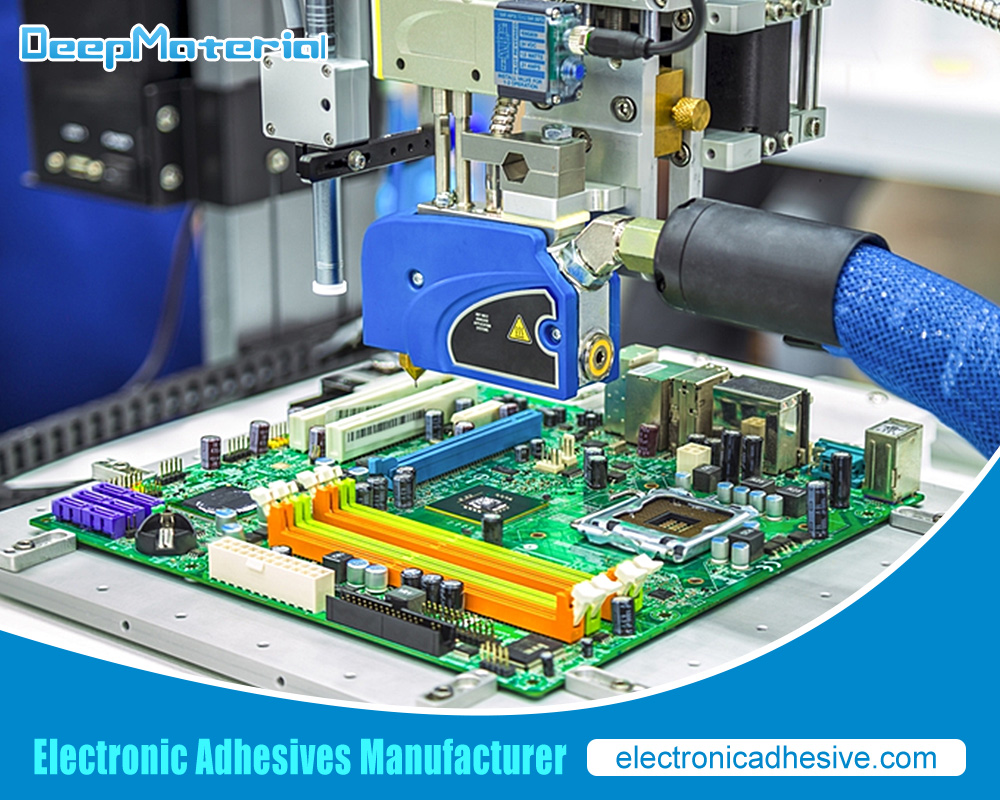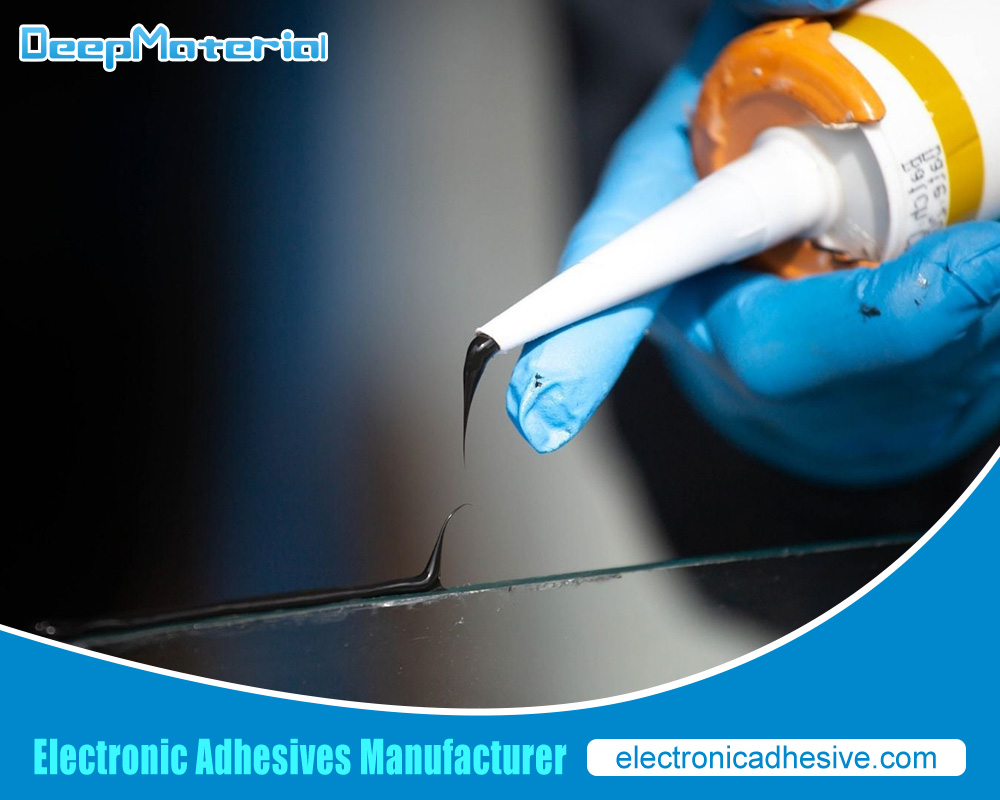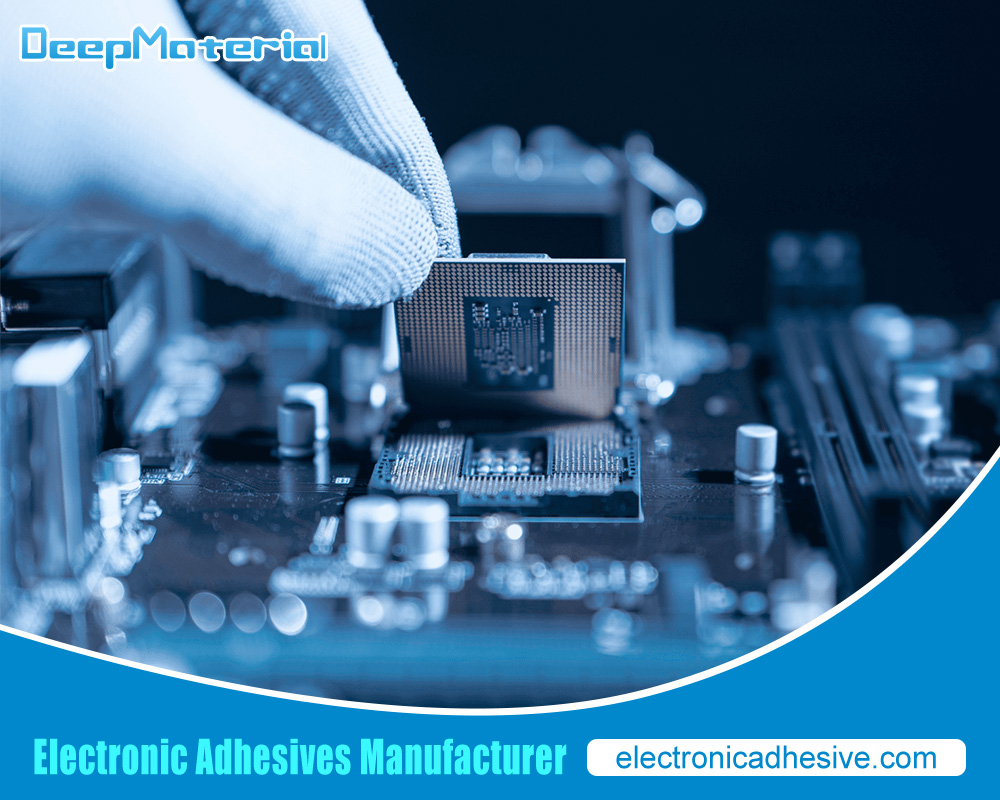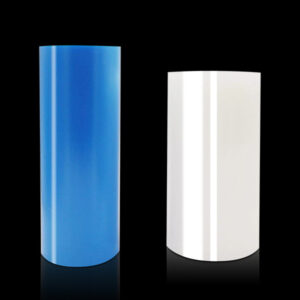Innovative Techniques for Successful Magnet Bonding Adhesive Applications
Innovative Techniques for Successful Magnet Bonding Adhesive Applications
The process of magnet bonding involves securing magnets to other components using adhesives. While this may seem straightforward, it is a complex procedure that requires meticulous attention to detail and a deep understanding of both the materials involved and the environmental conditions they will be subjected to. The choice of adhesive, preparation of surfaces, curing methods, and quality control measures all play pivotal roles in determining the success or failure of the bond.
In this comprehensive exploration, we will not only discuss traditional methods but also shed light on cutting-edge techniques and materials that are pushing the boundaries of what’s possible in magnet bonding. From high-performance adhesives that offer superior resistance to heat and chemicals, to innovative surface preparation techniques that ensure optimal adhesion, these advancements are enabling manufacturers to achieve stronger, more durable bonds than ever before.

Factors Affecting Successful Magnet Bonding Adhesive Applications
Several factors can affect the success of magnet bonding adhesive applications. One crucial factor is surface preparation. The surfaces of both the magnet and substrate must be thoroughly cleaned and free from any contaminants that could hinder adhesion.
Additionally, temperature and humidity can impact the curing process of the adhesive, affecting its bonding strength. The type of magnet and substrate also plays a role, as different materials require specific adhesive formulations for optimal bonding. Lastly, the type of adhesive used is crucial, as different adhesives have varying properties and performance characteristics.
Types of Magnet Bonding Adhesives and Their Properties
There are various types of magnet bonding adhesives available, each with its own unique properties and benefits. Epoxy adhesives are commonly used due to their excellent adhesion strength and chemical resistance. They are also known for their high temperature resistance, making them suitable for applications in harsh environments.
Acrylic adhesives offer fast curing times and good adhesion to a wide range of substrates. They also have excellent resistance to UV radiation and weathering. Silicone adhesives are known for their flexibility and high-temperature resistance. They are often used in applications where thermal cycling is expected.
Surface Preparation Techniques for Magnet Bonding Adhesive Applications
Proper surface preparation is crucial for achieving a successful bond in magnet bonding adhesive applications. The surfaces of both the magnet and substrate must be cleaned thoroughly to remove any contaminants such as oils, dust, or oxidation. This can be done using solvents, detergents, or mechanical methods such as sanding or blasting. After cleaning, the surfaces should be dried completely to ensure optimal adhesion.
Innovative Techniques for Improving Adhesion Strength in Magnet Bonding Adhesive Applications
Innovative techniques can be employed to improve the adhesion strength in magnet bonding adhesive applications. One such technique is the use of primers and adhesion promoters. These substances are applied to the surfaces before the adhesive, enhancing the bond strength by promoting adhesion between the adhesive and the substrate.
Surface modification techniques, such as plasma treatment or corona discharge, can also be used to increase the surface energy of the magnet and substrate, improving the wetting and adhesion of the adhesive. Additionally, the use of a magnetic field during the curing process can align the magnetic particles in the adhesive, resulting in improved adhesion strength.
Importance of Proper Curing Techniques in Magnet Bonding Adhesive Applications
Proper curing is essential for achieving a strong and durable bond in magnet bonding adhesive applications. The curing process involves the chemical reaction of the adhesive, which transforms it from a liquid to a solid state. Factors such as temperature, humidity, and curing time can affect the curing process and ultimately impact the bonding strength. It is crucial to follow the manufacturer’s recommendations regarding curing conditions to ensure optimal results.
Common Challenges in Magnet Bonding Adhesive Applications and How to Overcome Them
There are several common challenges that can arise in magnet bonding adhesive applications. One challenge is adhesive failure, where the bond between the magnet and substrate weakens or breaks. This can be caused by factors such as improper surface preparation, inadequate adhesive selection, or incorrect curing conditions. To overcome this challenge, it is important to ensure proper surface preparation, select the appropriate adhesive for the specific application, and follow the recommended curing conditions.
Another challenge is poor adhesion strength, where the bond does not meet the required strength specifications. This can be caused by factors such as inadequate surface preparation, improper adhesive selection, or insufficient curing. To overcome this challenge, it is crucial to thoroughly clean and prepare the surfaces, select an adhesive with suitable properties for the application, and ensure proper curing conditions are met.
Surface contamination is another common challenge in magnet bonding adhesive applications. Contaminants such as oils, dust, or moisture can hinder adhesion and weaken the bond. To overcome this challenge, it is important to thoroughly clean and dry the surfaces before applying the adhesive. Additionally, proper storage and handling of the adhesive can help prevent contamination.
Quality Control Measures for Successful Magnet Bonding Adhesive Applications
Implementing quality control measures is crucial for ensuring consistent and reliable results in magnet bonding adhesive applications. Quality control measures can include regular testing of adhesive properties, such as viscosity, adhesion strength, and curing time. It is also important to monitor and control environmental conditions, such as temperature and humidity, during the bonding process. Additionally, conducting periodic inspections of the bonded assemblies can help identify any issues or defects early on.
Future Trends and Innovations in Magnet Bonding Adhesive Applications
The field of magnet bonding adhesive applications is constantly evolving, with new technologies and innovations emerging. One future trend is the development of adhesives with improved thermal conductivity, allowing for better heat dissipation in high-power applications. Another trend is the use of nanotechnology to enhance the properties of adhesives, such as increased adhesion strength and improved resistance to environmental factors. Additionally, advancements in curing techniques, such as UV or LED curing, are being explored to reduce curing times and increase productivity.

Conclusion
In conclusion, magnet bonding adhesive applications play a crucial role in various industries, and achieving successful bonding requires innovative techniques. Factors such as surface preparation, temperature and humidity, the type of magnet and substrate, and the adhesive used can all impact the bonding strength and durability. By understanding these factors and implementing proper surface preparation, curing techniques, and quality control measures, reliable and long-lasting bonds can be achieved.
For more about choosing the Magnet Bonding Adhesive Applications, you can pay a visit to DeepMaterial at https://www.electronicadhesive.com/ for more info.











